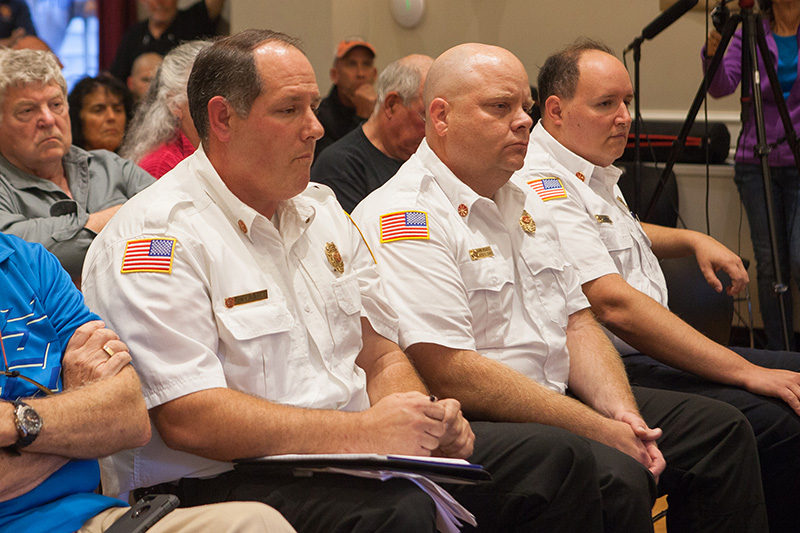The role of firefighters can never be underrated regardless of major city areas or rural areas as they save lives from fire incidents and disasters. In small community places or rural areas, the firefighting team is often formed in a mix of full-time specialized firefighters and committed volunteers. According to John Rose Oak Bluff unified structure arrives with many benefits alongside challenges. The article focused on those advantages and limitations.
Pros of a Mixed Firefighting Force:
- Affordable Solution: Deployment of a combination of full-time firefighters alongside volunteers can be fairly a cost-effective solution, particularly for small community places with financial constraints. Full-time specialized firefighters deal with day-to-day operations, whereas volunteers render their services without being a burden for paying hefty salaries, ultimately helping save taxpayers money.
- 24×7 Coverage: having full-time firefighters on duty ensures that the team is consistently geared up for the support of community people in emergencies, specifically on weekdays and during crisis hours. Supplementing their efforts, volunteers provide additional support throughout weekends, and holidays, working as a combined firefighting team to deal with major fire incidents, floods, and cyclones and thereby ensuring nonstop coverage.
- Community Involvement: Often volunteer firefighters come from the community itself where they serve. Their participation is likely to promote a sense of companionship and trustworthiness among the firefighting team and residents. This association within the community plays a major role in enhancing responsiveness during disasters and encouraging fire preventive drives.
- Diverse Skill Sets: Full-time firefighters bring exposure to practical firefighting knowledge as well as professional training in the team and thereby ensure high-rated expertise in firefighting and disaster management techniques during the energy period. In general volunteer firefighters come with diversified backgrounds – including technical, medical training, etc and thereby enrich the collective competencies and know-how of the firefighting force.
Cons of a Mixed Firefighting Force:
- Availability Issues: Volunteer firefighters typically balance their personal as well as professional obligations alongside their firefighting duties. This may therefore lead to their erratic availability in an emergency, particularly during work hours or when they go on vacation says John Rose Oak Bluff. Such limitations could impair public safety and delay response times.
- Training Differences: Backed by professional, rigorous, and continuous training, full-time firefighters are well-versed in the techniques of how to put out the fire, the strategies of rescuing people, and support them with medical emergencies. On the contrary, volunteers with diverse backgrounds and skill sets with virtually no experience in dealing with an incredibly complex job like firefighting may lead to operational errors or ineffectiveness during emergencies. This may also lead to disputes among the full-time and volunteer firefighters.
- Recruitment and Retention: The process of recruitment and the likelihood of retention of volunteers in the firefighting team can be challenging within small communities, especially with the shifting of their work patterns, lifestyles, and commitments. Factors including the growing trend of urbanization, job requirements, and lack of time can deter people from volunteering, resulting in a lack of staff.
- Operational Coordination: The coordination of scheduling and duties among full-time as well as volunteer firefighters is in demand of careful planning and seamless communication. Ensuring smooth integration in course of training courses and joint operations can seem to be a challenging operational task, with so many uncertainties about the involvement of the volunteer team.
Although the hybrid model offers many advantages it also poses certain challenges as discussed above. Effective implementation of the drive depends on proactive organization, ongoing support, and active involvement of the community to support volunteers in safeguarding lives as well as property fire and disaster.




